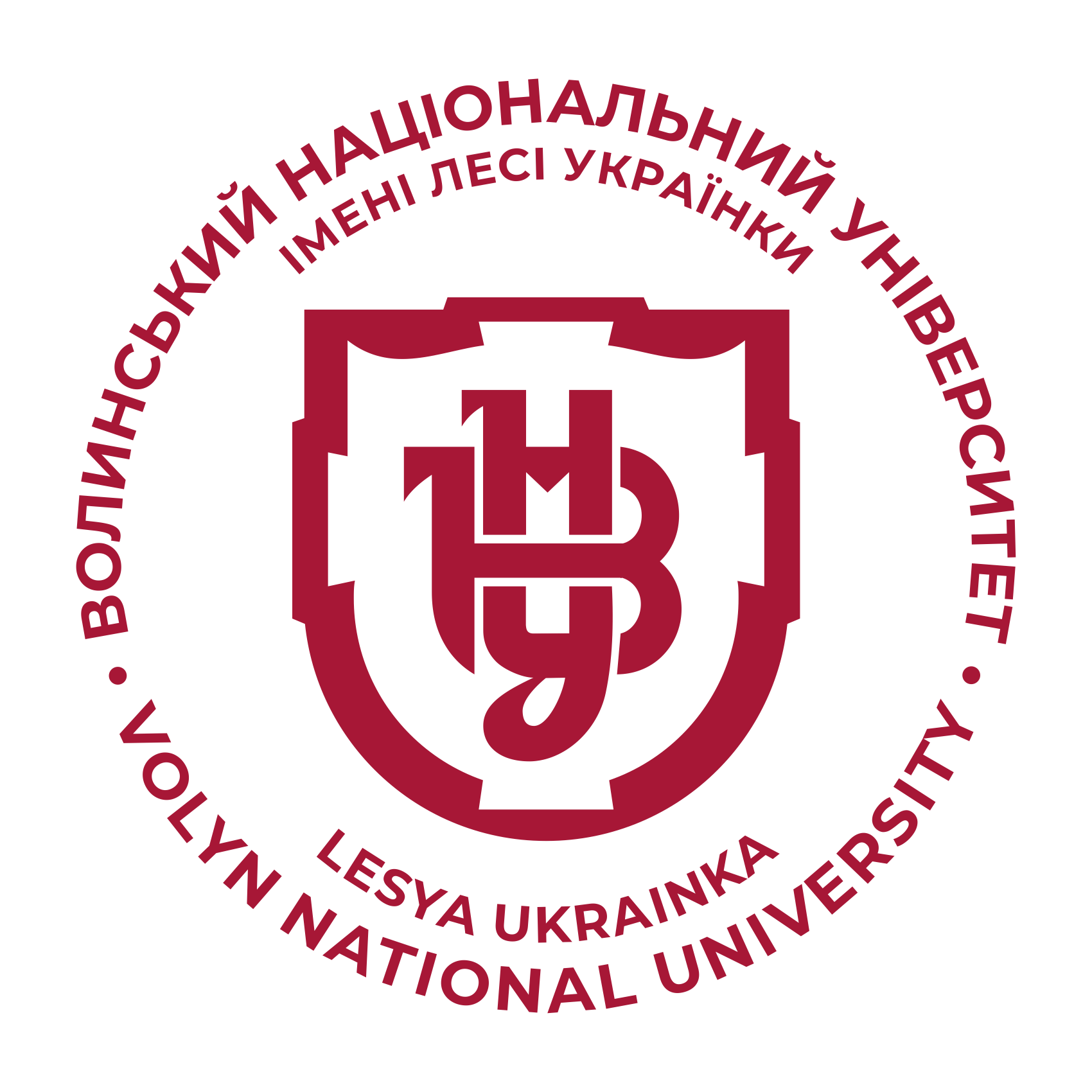EVOLUTION OF THE ROLE OF HUMAN RESOURCES IN BUSINESS MANAGEMENT
DOI:
https://doi.org/10.29038/2411-4014-2019-02-37-43Keywords:
human resources management, human capital management, knowledge management, intellectual capital.Abstract
Investments in human resources are becoming a long-term factor of competitiveness and survival of businesses. The change in the peculiarities of the development of production and society has caused the change in labour itself, and, consequently, in human resources contribution, their significance and value. The crisis of “labour ethics” has led to a gradual transition to the concept of “human resources” management. Modern forms of human resources management went further by treating workers as a value itself, capable of rapid and many-sided development, that is, the transition to the human capital management. The management of human capital goes beyond a specific enterprise and thus induces the transformation of the traditional business unit into a complex organizational structure. Organizational links of this structure determine the ways how personnel of corporate entities contacts with the internal and external environment, as well as the possibility of internal migrating of workers. In other words, in this process, the impact on people as capital is transformed into a new value that is called enterprise knowledge management.
Therefore, in the age of globalization corporate entity should be considered as the knowledge capital management, which is the key to market success.
The essence of modern management regards the perception of business intellectual capital in the light of individual characteristics of each employee. Intellectual capital of an employee is determined by the certain factors such as education, experience, genotype (heritage) and reactions in specific life situations. They also include physiological capabilities of the person, acquired knowledge and perception, which are formed in the process of education and practice. The task of management is to highlight the features, that are most valuable for business, in each employee. Without training, the employee will not receive the necessary skills, so it is important to encourage employees to self-development and training by creating the appropriate conditions for them.
In competitive environment the main purpose of collective work is to achieve synergy by creating such relationships among employees so that the work of a certain group is more effective than the sum of individual work. Thus, the business generates added value and improves its competitive position.
Therefore, only a creative combination of workforce management, human resource management and human capital management, as well as the creation of a unique knowledge management system allows corporate entities develop in the long run.







